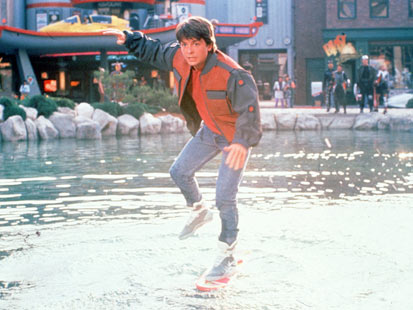As much as I value the convenience of a parking spot, I resist development efforts that aim to provide more parking. Parking-focused design prevents us from fully embracing a walkable lifestyle and all its benefits to our health, economy and environment. While it is ultimately our responsibility to put on our shoes rather than fill up the gas tank, it is also the responsibility of our cities to make walkability viable – encouraging healthy living and local economic prosperity.
The Atlantic recently published an article on the walking disaster that is America – a disaster brought on by the all-too-prominent mentality that places walking at the lower end of the priority spectrum. Those misplaced priorities are evident in our own neighborhoods. Last week I returned home to East Canton. It took me a minute before realizing our two-way street with parallel parking on either side had disappeared. In its place remained a one-way street with back-in parking on one side and parallel parking on the other.
It seems like each day a formerly two-way street surprises me with a ‘do not enter’ sign, and a sea of cars backed onto the sidewalk. While I understand one-way streets and back-in parking provide for traffic calming and more parking spaces, it looks unappealing, and providing more spaces does nothing to discourage people from driving. I compare this approach to road widening – if you build more lanes, you’re just encouraging more traffic.
Living in downtown Baltimore, many of us at least have the option of walking to and from the grocery store, the bar, public transit, restaurants, and drugstores. We worry less about not being able to get milk in a snowstorm or not having our car plowed out the next day because we can walk to get things while those in the suburbs cannot. And yet even in those more walkable areas, the car mentality holds us hostage. I have friends in North Canton and Federal Hill who would rather drive when they could walk, but often won’t venture out for fear of losing their parking spot.
Until those creating policy and directing construction crews start rethinking urban access to help us rethink the use of our car keys, our walkable road to social change will remain very, very rocky.

